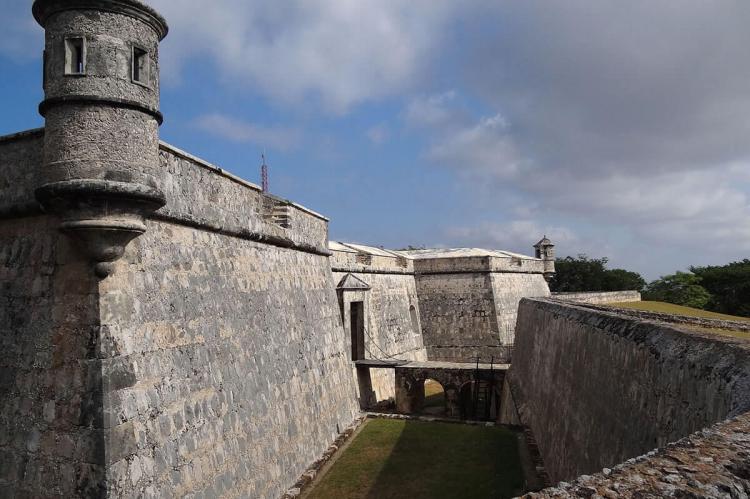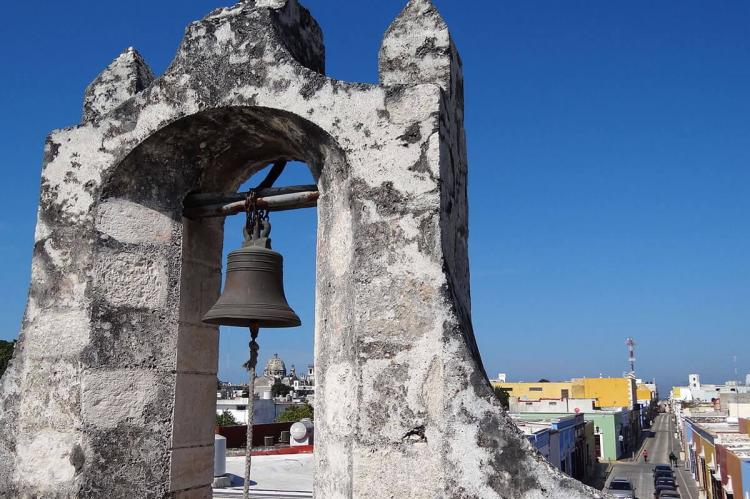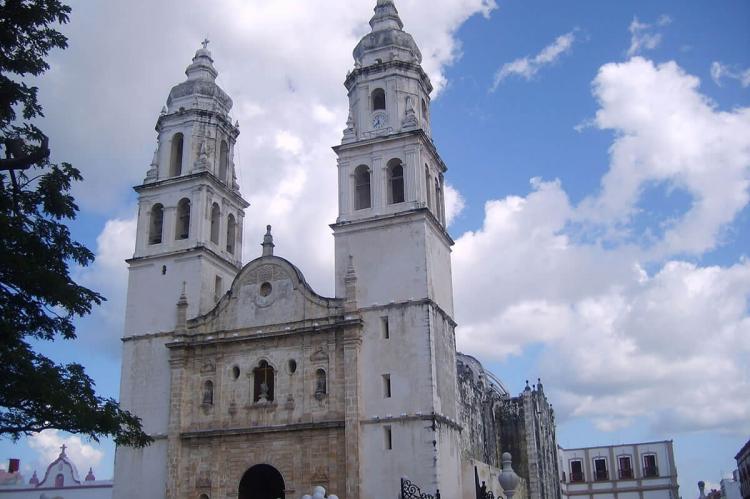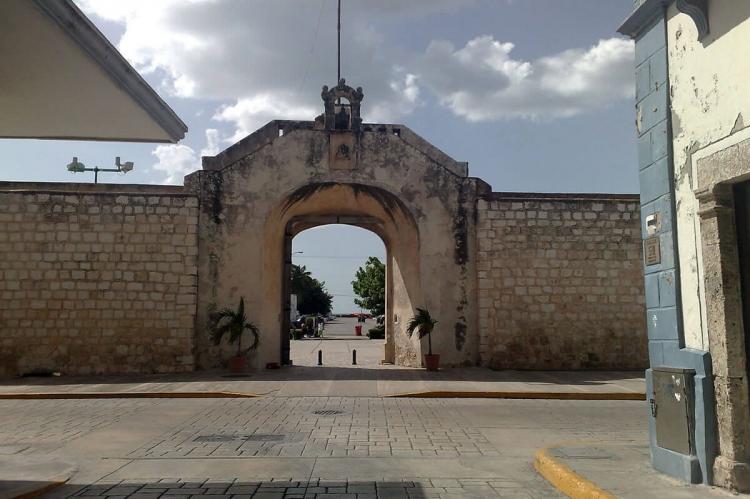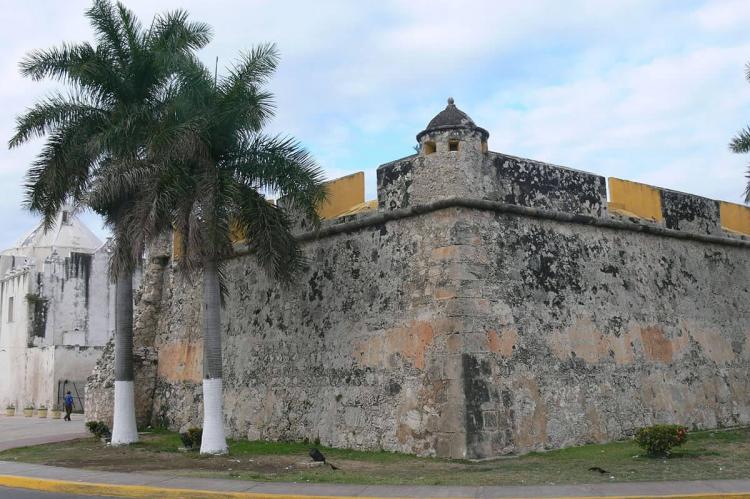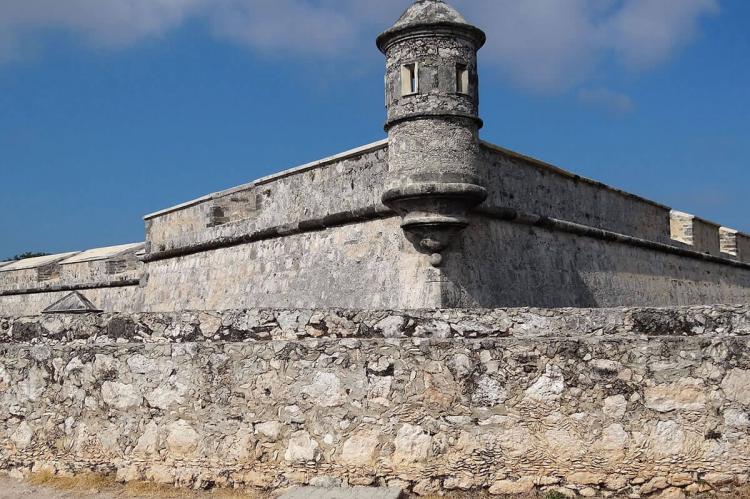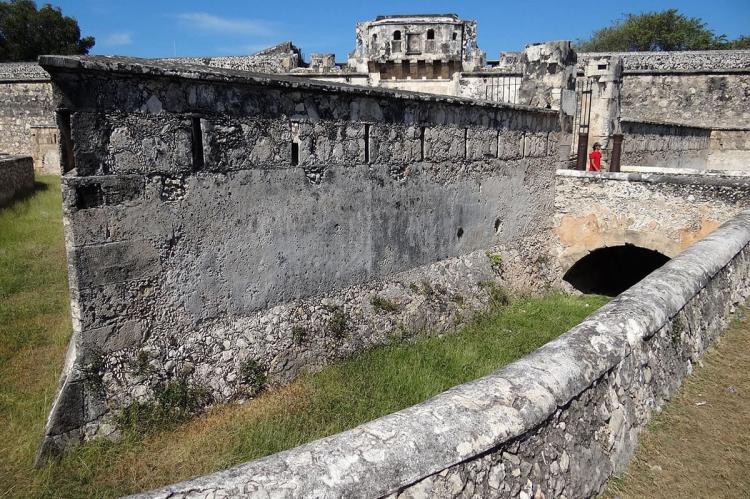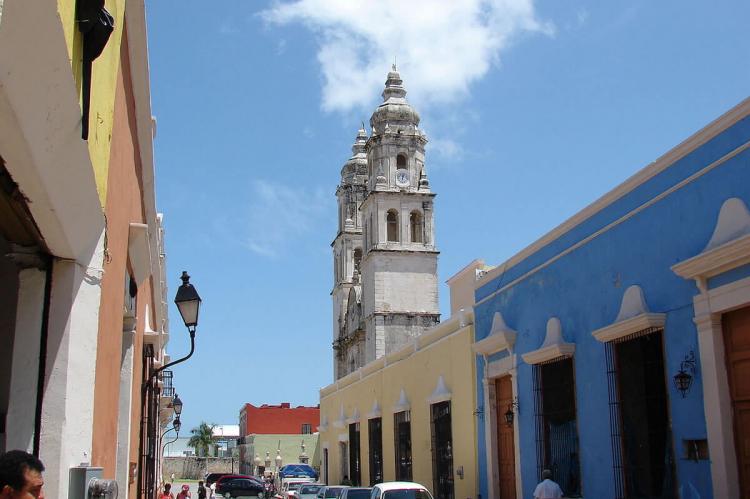Campeche: Modern City and Historic Fortified Town (Mexico)
Located on the western shores of the Yucatán Peninsula in Mexico, the city of Campeche is known for its rich history that dates back several centuries. The city is a combination of colonial grandeur, vibrant culture, and natural beauty, making it a fascinating place to visit.
City of Campeche
Nestled on the western shores of the Yucatán Peninsula, the modern city of Campeche stands as a vibrant contemporary hub, seamlessly blending urban sophistication with the region's rich natural beauty. With its strategic location on the Gulf of Mexico, Campeche has evolved into a dynamic city offering diverse experiences for residents and visitors alike.
Founded in 1540 by Spanish conquistadors, Campeche was initially known as San Francisco de Campeche. Its strategic location on the Gulf of Mexico made it a vital port city, attracting pirates and merchants alike. The Spanish constructed a formidable wall around the city to protect their cargo. This massive wall, completed in 1630, still stands today as a testament to the ingenuity and resilience of the early settlers. A charming city center, a delightful labyrinth of cobblestone streets and colorful colonial buildings lie within the fortification.
Campeche's modern cityscape exudes a sense of urban sophistication. The city caters to diverse tastes, from bustling markets to modern shopping districts. The city's infrastructure includes modern amenities, transportation networks, and a thriving business district that reflects its status as a regional economic center.
Campeche's culinary scene is a delightful fusion of Maya, Spanish, and Caribbean influences. Chic cafes, trendy restaurants, and vibrant street food vendors offer diverse flavors. From fresh seafood to innovative takes on traditional Maya dishes, the city's dining establishments are a testament to its culinary creativity.
The modern city embraces its cultural heritage through contemporary expressions. Art galleries, theaters, and cultural centers contribute to a thriving artistic scene. Events, festivals, and performances enrich the city's cultural dynamics, showcasing a dynamic blend of local and global influences.
Campeche's natural beauty extends beyond the city walls. The stunning beaches of Playa Bonita and Playa Norte are perfect for swimming, sunbathing, and soaking up the tropical sunshine. The surrounding area also boasts several archaeological sites, including the ancient Mayan city of Edzná and the impressive Calakmul Biosphere Reserve, a UNESCO World Heritage Site renowned for its biodiversity and Mayan ruins.
Historic Fortified Town of Campeche
Within Campeche's modern cityscape lies the historic center, a UNESCO World Heritage Site since 1999. Initially founded in 1540 as San Francisco de Campeche, the historic center is a testament to centuries of history and cultural exchange. The strategic Gulf location led to the construction of formidable walls in 1630, which still stand today.
Due to the constant attacks of English and Dutch buccaneers and pirates over 160 years, the government started to fortify the city in 1686. The French engineer Louis Bouchard de Becour was commissioned to unify all the defensive works surrounding the city with a wall. At its completion, the wall surrounding the city of Campeche was 2,560 m (8,694 ft), forming an irregular hexagon around the central part of the city, with defensive bastions on the corners.
The historic center unfolds within these walls as a charming labyrinth of cobblestone streets, vibrant colonial buildings, and architectural treasures. The Plaza de la Independencia, the city's main square, boasts a 17th-century cathedral, creating a picturesque backdrop for locals and visitors alike.
Campeche's historic center is a cultural haven. Museums, art galleries, and historical sites, such as the Museo de la Ciudad and the Baluarte de San Carlos, provide immersive experiences into the city's past. The Fortifications Museum offers insights into the defensive strategies that shaped the city.
Even within the historic center, the culinary scene echoes the city's diverse influences. Local markets and eateries offer traditional and contemporary flavors. The coastal beauty is ever-present, with views of the Gulf from various vantage points within the historic center.
Campeche epitomizes a harmonious blend of past and present in juxtaposing the modern city and the historic center. The contemporary vibrancy and the historical grandeur coexist, creating a unique destination where every corner tells a story, and every moment offers an opportunity to appreciate the city's multifaceted identity.

